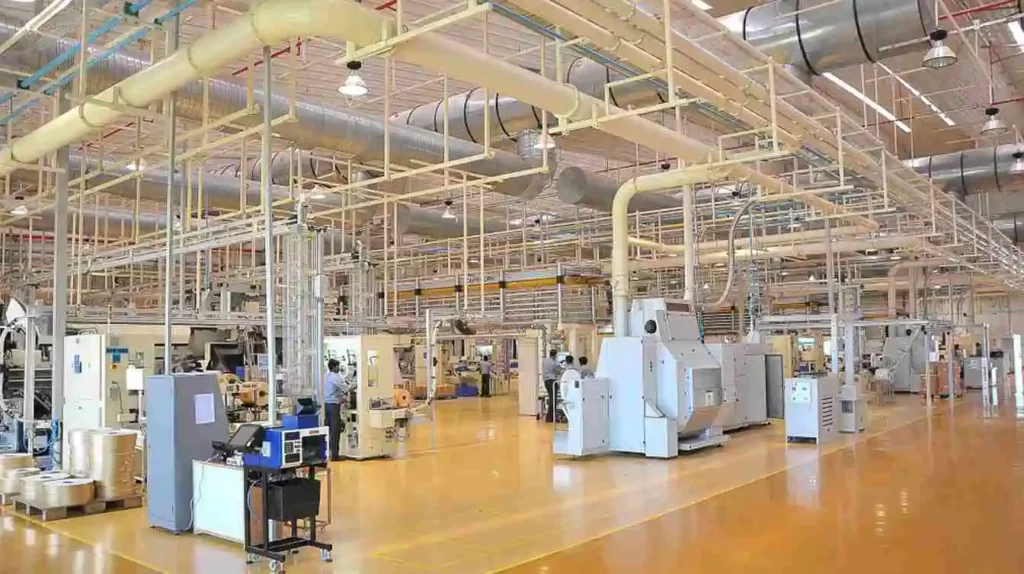Introduction
The tobacco manufacturing industry operates under strict regulations and demands high precision in production processes to ensure quality, safety, and compliance. Visual intelligence systems play a crucial role in meeting these requirements by leveraging cutting-edge technologies to automate and optimize various aspects of tobacco manufacturing.
The Importance of Visual Intelligence Systems
Enhancing Quality Control
Quality control is paramount in the tobacco industry, where even minor defects or inconsistencies can have a significant impact on product quality and customer satisfaction. Visual intelligence systems enable real-time monitoring and analysis of tobacco products, allowing manufacturers to identify and rectify defects promptly. By employing computer vision algorithms, these systems can detect imperfections, such as discoloration, foreign particles, or irregularities in shape and size. Early detection of defects ensures that only high-quality products reach the market.
Streamlining Production Processes
Visual intelligence systems streamline tobacco manufacturing processes by automating repetitive tasks and reducing human error. These systems can be integrated into the production line to capture and analyze data at various stages, providing valuable insights for process optimization. By monitoring variables such as machine performance, material utilization, and product flow, manufacturers can identify bottlenecks, inefficiencies, and areas for improvement. This data-driven approach enables proactive decision-making and facilitates continuous process optimization.
Ensuring Regulatory Compliance
Tobacco manufacturing is subject to strict regulations and compliance standards imposed by health authorities and governing bodies. Visual intelligence systems assist manufacturers in adhering to these regulations by verifying compliance throughout the production cycle. They can monitor critical parameters such as proper packaging, labeling accuracy, and adherence to health warnings and graphic images. By automating compliance checks, visual intelligence systems mitigate the risk of non-compliance and associated penalties.
Applications of Visual Intelligence Systems in Tobacco Manufacturing
Automated Inspection and Defect Detection
Visual intelligence systems equipped with high-resolution cameras and sophisticated image processing algorithms can inspect tobacco products with exceptional precision. They can detect defects, such as torn wrappers, misshapen cigarettes, or missing filters, in real time. By identifying and rejecting faulty products early in the manufacturing process, these systems minimize waste and ensure consistent quality.
Packaging Verification and Labeling Accuracy
Accurate packaging and labeling are crucial for complying with regulatory requirements and maintaining brand integrity. Visual intelligence systems can verify packaging integrity, seal quality, and label placement with high accuracy. They can also read and interpret barcodes, serial numbers, and expiration dates, ensuring compliance with traceability standards.
Product Counting and Tracking
Visual intelligence systems enable precise counting and tracking of tobacco products throughout the production and packaging stages. By capturing and analyzing images or videos, these systems can accurately determine the number of items in a batch, verify product placement, and detect any anomalies in the production line. This level of control improves inventory management, reduces losses, and ensures accurate order fulfillment.
Brand Protection and Anti-Counterfeiting Measures
Counterfeit tobacco products pose significant risks to both manufacturers and consumers. Visual intelligence systems contribute to brand protection efforts by detecting counterfeit packaging, labels, or security features. By comparing captured images against reference databases, these systems can identify unauthorized replicas and trigger immediate alerts, allowing manufacturers to take necessary actions to prevent counterfeit products from entering the market.
Challenges and Considerations
While visual intelligence systems offer substantial benefits to tobacco manufacturing, their implementation comes with certain challenges and considerations.
Integration with Existing Systems
Integrating visual intelligence systems with existing manufacturing infrastructure can be complex. Compatibility with legacy systems, connectivity requirements, and data exchange protocols must be carefully addressed to ensure seamless integration and interoperability.
Data Security and Privacy
Visual intelligence systems generate vast amounts of data, including images, videos, and analytics. Safeguarding this data from unauthorized access, ensuring secure storage, and protecting individual privacy are critical considerations for manufacturers. Implementing robust data security measures and complying with relevant data protection regulations are essential for maintaining trust and safeguarding sensitive information.
Scalability and Adaptability
As tobacco manufacturing processes evolve, visual intelligence systems need to adapt to changing requirements. Manufacturers must consider the scalability and flexibility of these systems to accommodate future advancements, production line modifications, and increased production volumes. Choosing solutions that offer scalability and easy integration with emerging technologies ensures long-term viability and maximizes return on investment.
Conclusion
Visual intelligence systems have emerged as indispensable tools for tobacco manufacturing, empowering manufacturers to enhance quality control, streamline production processes, and ensure regulatory compliance. By leveraging computer vision, image recognition, and machine learning algorithms, these systems provide accurate and real-time insights, leading to improved efficiency and cost-effectiveness. However, their implementation should address integration challenges, data security, and scalability considerations to fully realize their potential.


